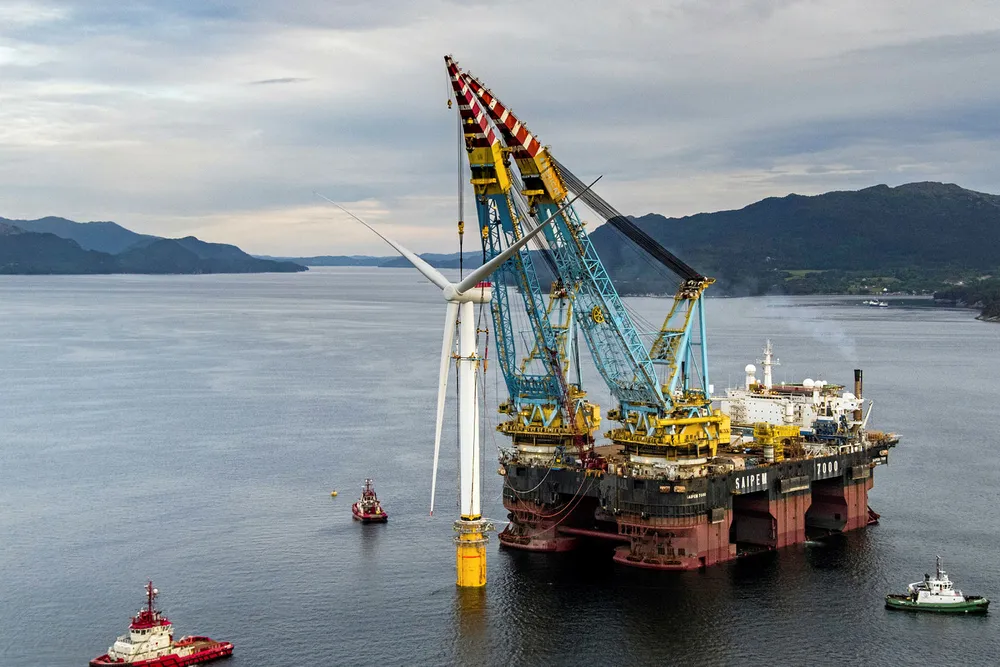Oil and gas contracting stalwarts find new path in renewables
Oil and gas contractors are making good use of their established assets to lay a foundation for growth in offshore wind — and new vessels are coming

Oil and gas contractors are making good use of their established assets to lay a foundation for growth in offshore wind — and new vessels are coming
